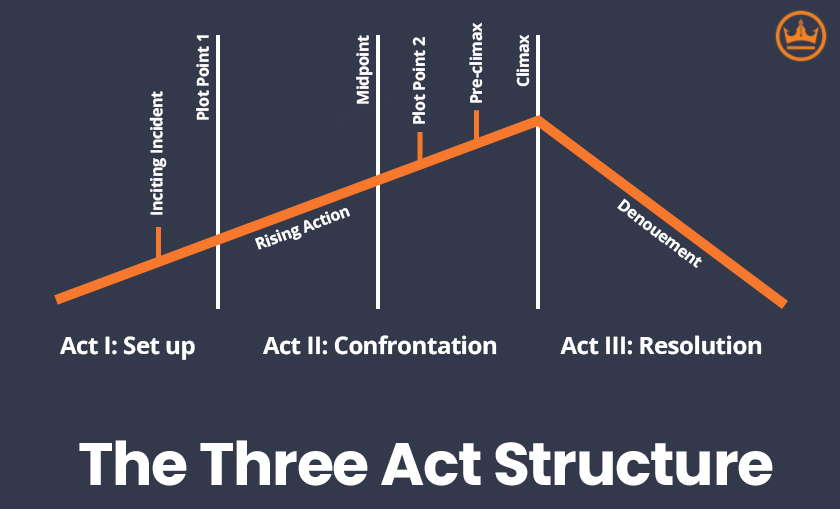By Alison Thobe
I remember the moment when I realized that storytelling wasn’t just a tool — it was the core way people communicate with the world. It’s how we connect, inspire and change it for the better.
It was a day when I sat at my Apple laptop, browsing through the essay writing service in search of inspiration and writing ideas for my new piece. A spark ignited me: What if I learned to write the way Apple co-founder Steve Jobs did to communicate his messages and inspire his audience?
This question has guided my writing journey ever since.
The power of storytelling
I bet you’ll agree with me on this one:
While facts inform, stories transform.
When I began studying Steve Jobs‘ remarkable speeches, I learned that his power wasn’t merely in his innovative vision for technology but in his ability to hook and loop an audience by telling a story.
“Innovation distinguishes between a leader and a follower,” Jobs says. It’s a simple truth, but its depth and meaning grow when he embeds that truth within a compelling narrative.
His 2005 Stanford commencement address wasn’t just a speech. It was a journey through his life, filled with ups and downs, lessons he learned, and a clear, memorable message that resonated with millions.
That’s classical storytelling based on the hero’s journey, with all the elements of a great story to impress the audience and make them remember you.
The anatomy of a great story
Steve Jobs’ speeches are a masterclass for writing or telling a well-crafted story. They follow a three-act structure:
- Setup: Jobs begins by establishing context with a personal story that is both relatable and intriguing — whether it is describing the serendipitous nature of life events or recounting moments of early struggle.
- Confrontation: He then introduces a challenge, a conflict or a moment of change. The trick: He doesn’t merely show obstacles but reveals his inner world, doubts and the risks he undertook.
- Resolution: Finally, Jobs concludes his stories with a moment of clarity or redemption, showing how the past led to an unforeseen outcome. He wraps up with a message that isn’t just about solving a problem but uplifting the human spirit.
This storytelling structure isn’t an art form reserved for great leaders — it’s a skill everyone can learn. We all have a story worth sharing, and every story, when told with clarity and passion, has the power to inspire change.

Image: Kindlepreneur
My journey with storytelling in the wake of Steve Jobs
My first attempt to write like Steve Jobs was awkward. I couldn’t get rid of that dry, impersonal narrative, as I was afraid to showcase my emotions and sincere reflections. More than that, I didn’t get the power of minor details and how they could lead to significant points in my life.
I wrote about moments that, as I thought, influenced me and made me the person I am today, but I wasn’t sincere enough, hiding my weaknesses and failures from the audience.
I didn’t get it at once: The vulnerability was a key! It’s where authentic storytelling begins.
Take your favorite book or movie character, for example: Harry Potter, Neo, John Wick, even Darth Vader — they are all vulnerable. No one is perfect. Perfect characters (like Superman) are boring: We need to feel emotions when watching them, relate to them, love or hate them for their deeds, understand the motivation behind their deeds, and follow them on their journey to transformation.
For Jobs, telling his story meant sharing his struggles with failure — his painful exit from Apple, the subsequent reinvention of his purpose, and his ultimate return to Cupertino, which reshaped an industry. His narrative is honest and imbued with the grit that only someone who has risked everything can express.
Key concepts and writing tricks for stronger storytelling
I found that “writing like Jobs” required more than studying his words. It’s about a willingness to experiment and risk vulnerability.
As a blogger working with words, I took two instruments from Steve Jobs:
- Minimalism in language
- Emphasis on clarity of message
His ability to eliminate the superfluous and focus on what matters taught me that less can be more when every word is intentional.
His 2005 Stanford address contained a block about “connecting the dots” of one’s life. It resonated with me, as it recalled a time when I faced uncertainty in my career.
The decisions I made then seemed trivial. However, they later become the defining milestones of my professional journey. That insight was liberating; it convinced me that every struggle was, in fact, a necessary part of a larger, more meaningful narrative.
I use these storytelling tricks from Steve’s writings today:
- Alternative storytelling formats to let my voice flow and embrace my vulnerability as a weapon rather than a weakness.
- Metaphors and analogies — tools that Jobs wielded masterfully — to make complex ideas easy to grasp.
- Story structure — setting, conflict, resolution — to make my writing more dynamic.
‘Stay hungry. Stay foolish.’
Let these words by Steve Jobs be your mantra on your storytelling journey. The world is waiting to hear your voice, and every great story starts with a single word. Write like you mean it — write like it matters.
In our world of AI, genuine stories, insights and experiences make a difference.
Now, I challenge you to take a pen and start writing your story. Share your struggles and triumphs! You have a narrative to tell, even if it seems to you that you don’t, and it is through these stories that you connect to the world.
So, welcome to the world of self-discovery and expression. Write and let your stories shine, guiding others and inspiring transformation. Steve Jobs added depth and color to our shared human experience with his stories.
You can, too.


